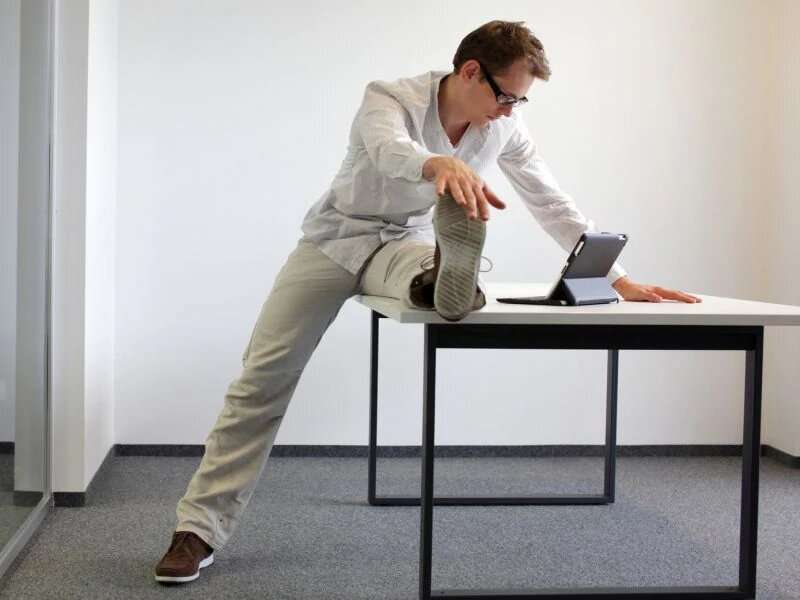(HealthDay)—When individuals interrupt prolonged sitting with bouts of light physical activity, postprandial insulin and glucose levels are reduced, according to a study published in the June issue of Medicine & Science in Sports & Exercise.
Joseph Henson, Ph.D., from NIHR Leicester Biomedical Research Center in the United Kingdom, and colleagues combined data from four similarly designed randomized acute cross-over trials involving 129 participants to identify predictors of favorable changes to postprandial insulin and glucose levels in response to prolonged sitting (6.5 hours) or prolonged sitting broken up with standing or light-intensity physical activity (five minutes every 30 minutes).
The researchers found that when individuals interrupted prolonged sitting with bouts of light physical activity, but not with standing, there was a reduction in postprandial insulin and glucose. If individuals were South Asian versus white European, were female versus male, or had a body mass index (BMI) ≥27.2 kg/m², the reductions in time-averaged postprandial insulin were more pronounced. The postprandial glucose response was modified by being female or having a BMI ≥27.2 kg/m². For a homeostatic model assessment of insulin resistance or age, no significant interactions were found.
"These results may be used to guide individualized tailored interventions in high-risk participants for whom breaking prolonged sitting time could be a viable and effective prevention strategy," the authors write.
More information: Abstract/Full Text
Journal information: Medicine & Science in Sports & Exercise
Copyright © 2020 HealthDay. All rights reserved.
























